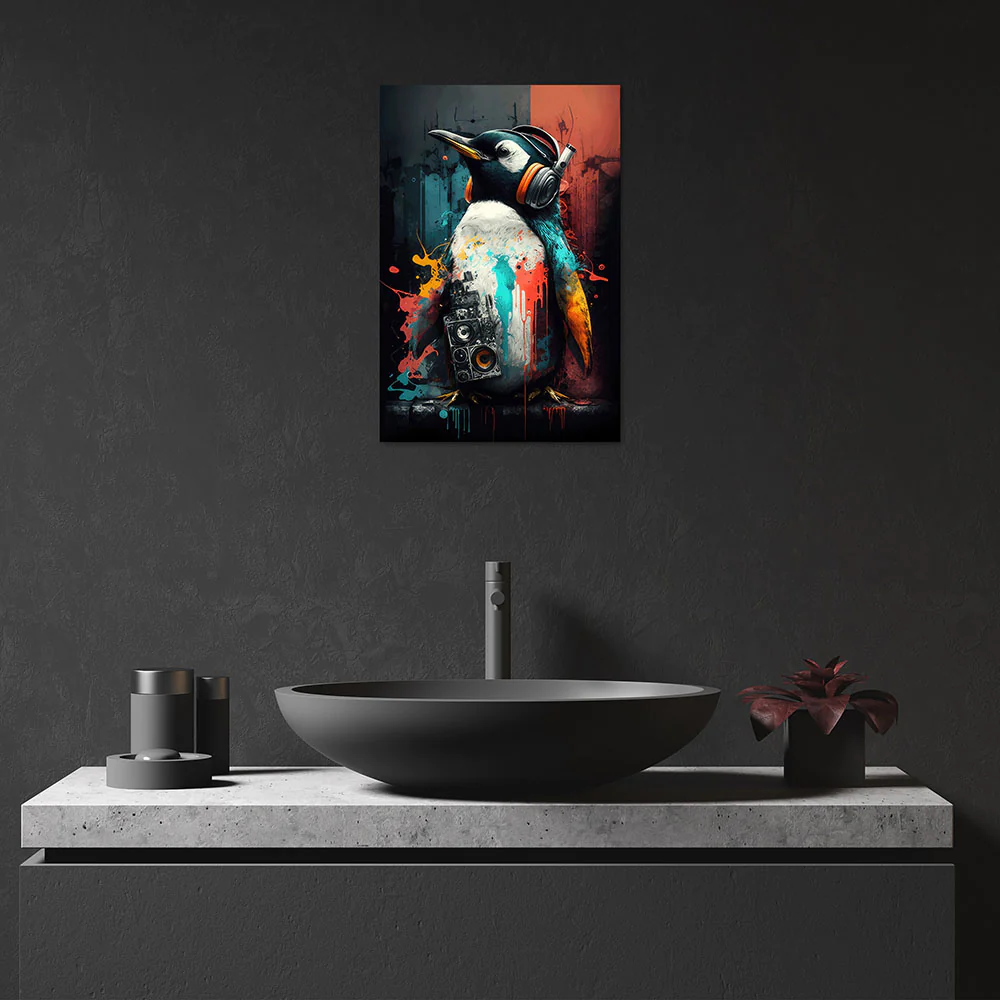India is not only very big geographically but it also has an interesting history of commerce. Some understanding and knowledge of the background of Indian commerce can surely equip us better to undestand the culture of business in India. In the last episode we have explained how the business in India was run in a professional and efficient way even in the early known years of civilization. In this episode we want to explore the scenario of the ancient and medivial age.
During the Mauryan period business of India took a new turn. Relations with the hellenistic world may have started from the very beginning of mauryan period (321-185 BC), there were a number of changes and important development in the Indian economy.
It was the first time that most of India (Indian sub continent) was unified under a ruler which secured trade routes and transportaion and logistics. Muyran India had several private commercial entities which existed purely for private commerce. During the reign of Gupta period (320 to 550 CE) India experienced ‘golden era’. Chandra Gupta I managed to defeat saka for securing trade route through Arabian sea which had an ever increasing import export business, and that strategic win over sakas helped them to convert the Gupta kingdom extremely wealthy. The trade market continue to blossom as the foreign demand for silk, linen, muslin and wool was very high. India now started to bring in such luxirious items as Chinese silks and ivory. Business greatly influnenced administration and war strategy at that period as the control over sea route was key to prosperity.
The southern state of Kerala had also maritime business link with Roman empire. Roman trade with India started around 1CE, during the reign of Augustus and following the conquest of Egypt which had been India’s biggest trade partner at that time. By the time of Augustus, up to 120 ships set sail every year from Myos Homes on Red Sea to India. So much gold was used for this trade and apprently recycled by the Kusanas for their carnage that European ancient writer ‘Pleny the Elder’ complain about the drain of gold in India. The ports in south India were engaged in the Indian ocean trade, chiefly involving the spices, with the Roman empire to the west and south east Asia to the east.
Indian overseas business had great impact on art also. ‘Hellenic’ touch is found in famous ‘Gandhara Art’ in different images of lord Buddha. Cultural mind of India always had the influence on proporous overseas commerce.
(To be continioued…)
Composed by : Mrs. Ranjana Bhattcharyya.
———————————————–
Background:
Mrs. Ranjana Bhattcharyya is a Masters in English literature and she also holds a Post Graduate Degree in Education. She is a Consultant in DFIC Management Consultants Pvt. Ltd. in the practice of Education and Government services.





